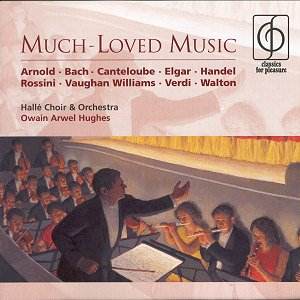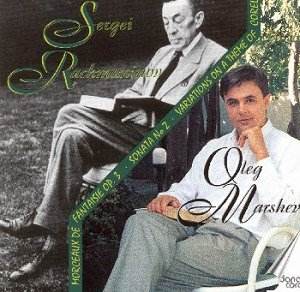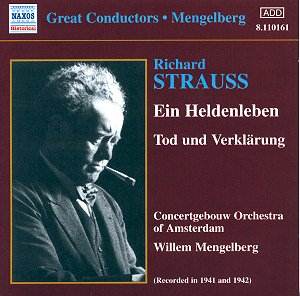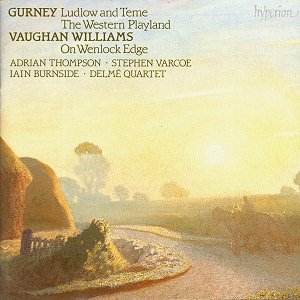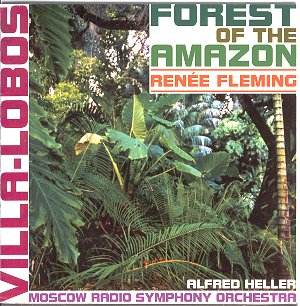 Composer: Heitor Villa-Lobos
Composer: Heitor Villa-Lobos
Works: Forest of the Amazon
Performers: Renee Fleming (soprano), Chorus of the Moscow Physics and Engineering Institute, Moscow Radio Symphony Orchestra, conducted by Alfred Heller
Recording: November – December 1994 and April 1995, Studio 5, State House for Broadcasting and Recording, Moscow
Label: Delos DE 1037
Heitor Villa-Lobos, a towering figure in 20th-century music, is renowned for his ability to synthesize Brazilian folk elements with classical traditions. His late work, Forest of the Amazon, composed in the twilight of his life during late 1958 and early 1959, is a remarkable testament to his ongoing creativity despite the encroaching shadows of age and health issues. Originally intended for the film Green Mansions, which starred Audrey Hepburn, the music largely went unused, prompting Villa-Lobos to transform this cinematic score into a symphonic poem. This recording marks the work’s first complete rendition, offering listeners a rare glimpse into the composer’s late style—a style characterized by a lush, expansive orchestration that captures the teeming vitality of the Amazon rainforest.
The performance under Alfred Heller, Villa-Lobos’s protégé, brings a dedicated and spirited interpretation that merits attention. Heller’s nuanced direction highlights the vivid orchestral coloration, showcasing an ensemble that includes an expansive array of percussion instruments and a male chorus representing Amerindian voices. However, the choral contributions often blend into the orchestral fabric, offering a sense of atmosphere rather than distinct thematic material. Fleming’s soprano lines, sung in Portuguese, are strikingly delivered, with her interpretation of “Sentimental Melody” (track 18) revealing the warmth and clarity that have defined her career. Yet, the lack of provided texts for the choral parts detracts from the overall experience, leaving the listener to ponder the significance of their contribution.
From a technical perspective, the recording quality is commendable, capturing the orchestral sound with clarity and depth, which is crucial given the work’s dense orchestration. The balance between choir and orchestra is generally well managed, although at times the chorus lacks the distinctiveness needed to stand out amidst the orchestral tapestry. The episodic nature of the composition, consisting of twenty short movements, raises questions regarding cohesion and thematic development. While Villa-Lobos’s intention may have been to evoke a narrative akin to the film’s plot, the absence of a discernible symphonic structure can leave listeners feeling adrift. The music’s episodic character may have benefitted from a more streamlined approach; judicious editing could have distilled the essence of the work into a more digestible format.
Comparatively, when juxtaposed with Vaughan Williams’s Sinfonia Antartica, another example of film music repurposed into concert form, Forest of the Amazon falls short in terms of structural integrity and thematic coherence. Vaughan Williams’s narrative clarity and emotional resonance create a lasting impact, whereas Villa-Lobos’s episodic style risks losing listener engagement over its 74-minute duration. Despite this, there are moments of striking beauty that reveal the composer’s unique voice, such as the vibrant orchestral textures that effectively evoke the lushness of the Amazon rainforest.
A labor of love for Heller, this recording serves as an important archival document for Villa-Lobos enthusiasts and scholars alike. While its appeal may be primarily to devoted followers of the composer, the Forest of the Amazon offers a fascinating, if flawed, exploration of Villa-Lobos’s late creative period. The work’s ambitious scope and the lush orchestration provide a compelling, if uneven, listening experience that deserves recognition in the broader context of his oeuvre.
